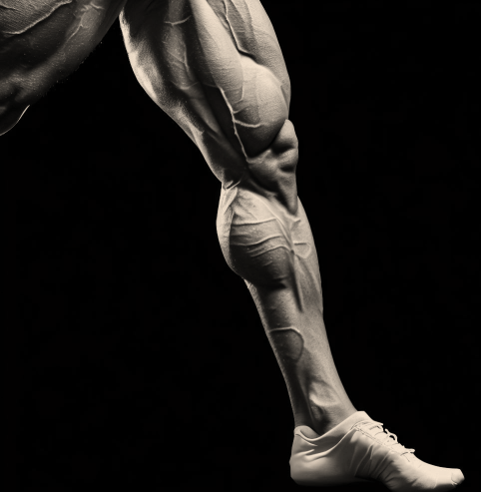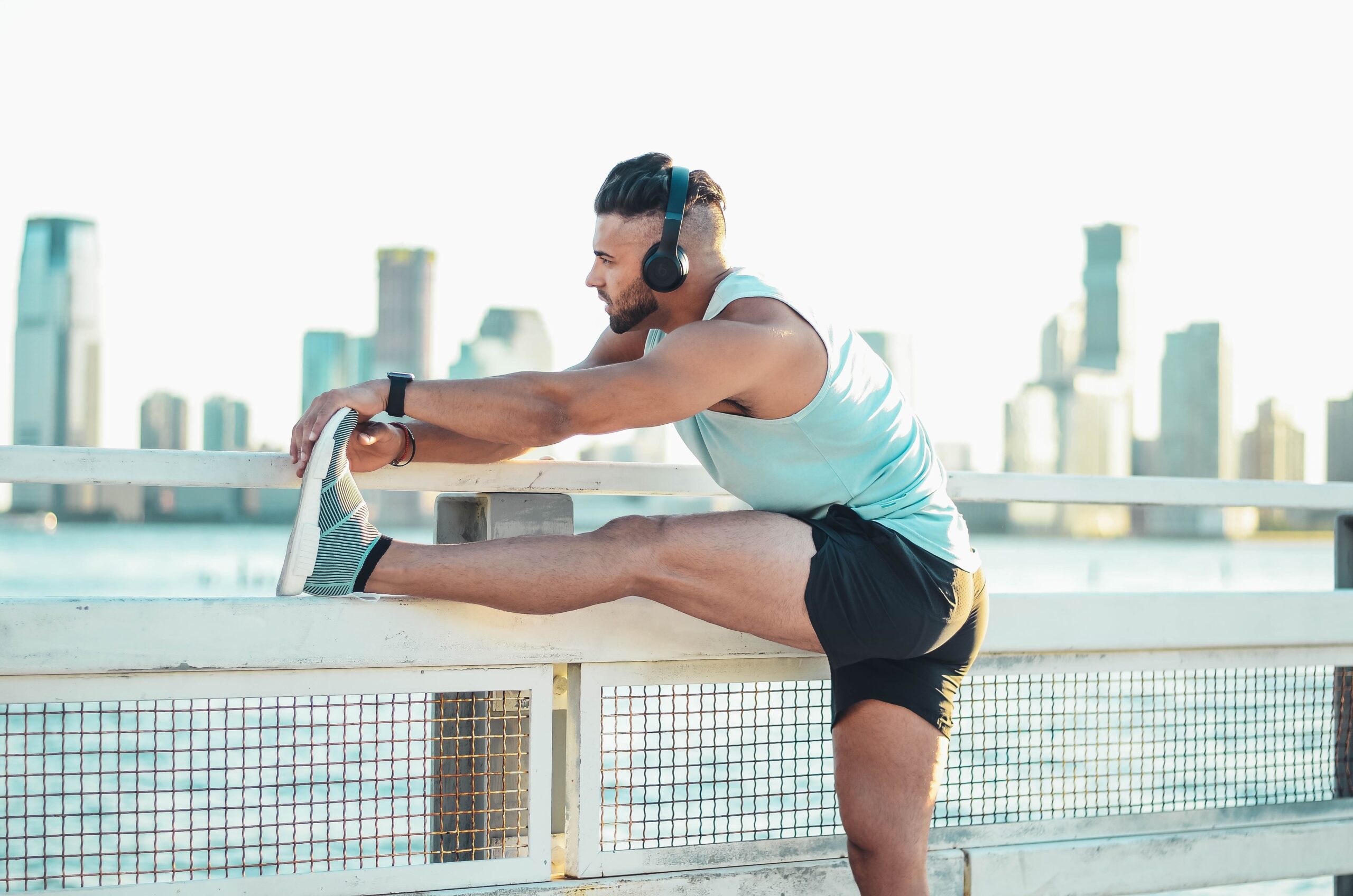Introduction to Leg Muscle Strains
A leg muscle strain, often referred to as a pulled muscle, occurs when muscle fibers are over-stretched or torn. This can result from overuse, fatigue, or improper use of the muscle. Rehabilitation exercises play a pivotal role in speeding up recovery, preventing re-injury, and restoring full muscle function.
Understanding the Severity of Muscle Strains
Muscle strains are generally categorized into three grades:
- Grade I: Mild strain with only a few muscle fibers affected.
- Grade II: Moderate strain with more muscle fibers damaged but not completely ruptured.
- Grade III: Severe strain where the muscle is completely ruptured.
Initial Steps Post Injury
Before diving into rehabilitation exercises, it’s crucial to follow the R.I.C.E. method immediately after the injury:
- Rest: Avoid using the injured muscle.
- Ice: Apply ice to reduce swelling.
- Compression: Use an elastic bandage to minimize swelling.
- Elevation: Raise the injured leg to reduce swelling.
Rehabilitation Exercises for Leg Muscle Strains
Range of Motion Exercises
- Ankle Pumps: While sitting or lying down, move your ankle up and down. This helps in improving blood circulation and reducing stiffness.
- Knee Straightening Stretch: Sit with your legs extended. Flex your foot and tighten the thigh muscles, trying to straighten the knee. Hold for a few seconds and release.
Strengthening Exercises
- Quad Sets: Sit with your legs straightened. Tighten the thigh muscles, pressing the back of the knee towards the floor. Hold for a few seconds and release.
- Hamstring Curls: Lie on your stomach. Slowly bend your knee, bringing your heel towards your buttocks. Hold and slowly lower it.
- Calf Raises: Stand holding onto a chair for support. Raise your heels, standing on your toes. Lower back down slowly.
Flexibility and Stretching Exercises
- Hamstring Stretch: Sit with one leg extended and the other bent. Lean forward, reaching towards the toes of the extended leg.
- Calf Stretch: Stand facing a wall with hands pressed against it. Step one foot back, keeping it flat on the ground, and bend the front knee. You should feel a stretch in the calf of the extended leg.
- Quadriceps Stretch: While standing, bend one knee, bringing the heel towards the buttocks. Hold the ankle with your hand, feeling a stretch in the front of the thigh.
Progressive Resistance Training
As the muscle heals, it’s essential to gradually introduce resistance to strengthen it. This can be done using resistance bands or weights, but always under the guidance of a physiotherapist.
FAQs
- How long does it take for a leg muscle strain to heal?
- Depending on the severity, a leg muscle strain can take anywhere from a few days for a Grade I strain to several months for a Grade III strain.
- Should I completely avoid using the injured leg?
- While rest is crucial, complete immobility can lead to muscle stiffness. Gentle movements and exercises, as advised by a professional, can aid in recovery.
- When should I see a doctor for a muscle strain?
- If the pain is severe, if there’s a noticeable deformity, or if there’s no improvement after following initial care steps, it’s essential to seek medical attention.
- Can I do regular workouts with a strained muscle?
- It’s best to avoid exercises that put strain on the injured muscle. Focus on other parts of the body or do low-impact workouts until the muscle heals.
Conclusion
Rehabilitation exercises are the cornerstone of recovery from leg muscle strains. With patience, consistency, and the right guidance, you can effectively heal and fortify your muscles, ensuring they’re stronger and more resilient for the future.
For a deeper understanding of leg muscle injuries, recovery techniques, and preventive measures, explore our Injuries & Recovery Archives.

